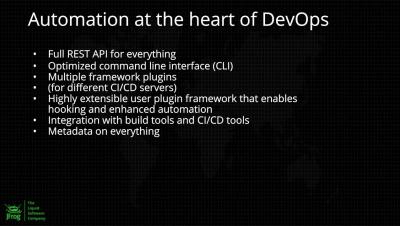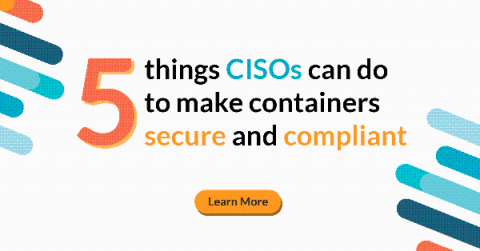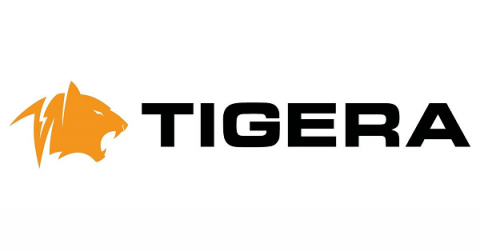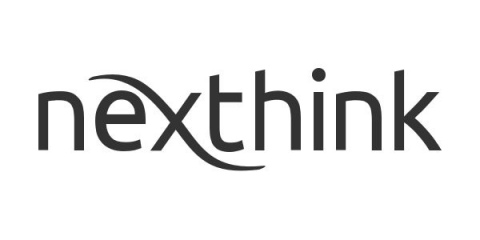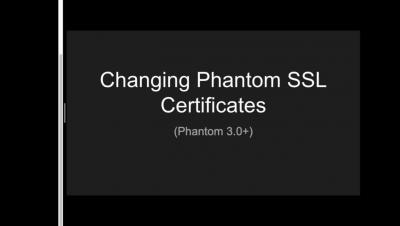Operations | Monitoring | ITSM | DevOps | Cloud
Security
The latest News and Information on CyberSecurity for Applications, Services and Infrastructure, and related technologies.
Five things CISOs can do to make containers secure and compliant
Chances are, if you’re not already moving applications to containers and Kubernetes, you’re considering it. However, it’s likely that security and compliance implications are something you haven’t fully thought through. Addressing container security risks later in the development life cycle negatively impacts the pace of cloud adoption while simultaneously raising security and compliance risks. The use of containers and Kubernetes changes your security calculus.
The Easy Guide to Adding COVID-19 Context to Any Process
Recently, my colleagues Ryan Kovar and Lily Lee created TA-covidIOCs, which is a Splunk TA designed for ingesting IOCs related to COVID-19. Per usual, I immediately saw this as an opportunity to hitch a ride on their coattails and benefit from their hard work. The product of this effort is a Splunk Phantom playbook uncreativly titled, "COVID-19 Indicator Check." The playbook is a simple, self-contained set of actions that takes MD5 file hashes, IPs, domains, and URLs as input.
A Journey of Elastic SIEM: Getting Started through Threat Analysis Part 1
Deploying to Kubernetes: The GitOps Way
Kubernetes adoption comes with a lot of challenges. One of them is consistently deploying applications to the platform. GitOps is a strategy which solves this problem and solves it at scale. In this blog, we will share how to leverage TravisCI and ArgoCD to design a highly scalable production-ready CI/CD workflow.
300 Tickets & Counting: Clearing Up Confusion Over Multi-Factor Authentication
Most remote employees are probably familiar with a security practice known as multi-factor authentication (MFA), even if they cannot technically define it. If you’ve ever tried to complete an online purchase and were met with a string of security questions or received a one-time password (OTP) on your mobile device—then you’ve participated in an MFA process.
Cyber-hygiene 101 during remote working: Protecting your digital identities with multi-factor authentication
When organizations shift to a work-from-home environment, identity and access management (IAM) takes center stage. Organizations with remote workforces must fortify their IAM policies and tools for a better user experience to ensure productivity, while also handling all the security challenges remote work presents to ensure data and system security. One of the biggest risks an organization faces when its workforce goes remote is unnecessary and unauthorized access to organizational data.


